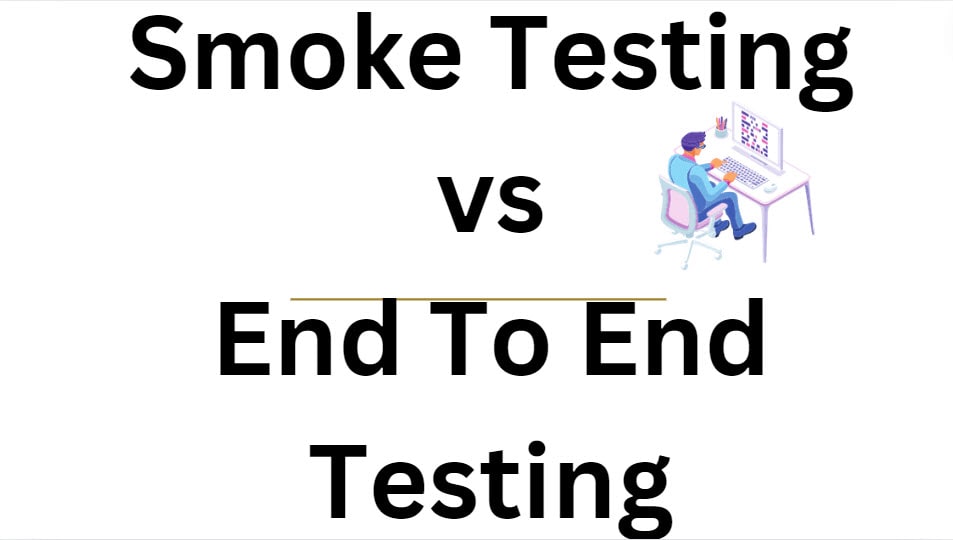Smoke testing and end-to-end testing are two different types of software testing, each serving a specific purpose in the development process.
Smoke testing
Smoke testing, also known as a sanity check, is a simple integration test that verifies if the basic functionalities of an application are working correctly. It’s typically performed after a new build or deployment to ensure that the system is stable enough for further testing. Smoke tests are usually quick, high-level, and focus on the most critical parts of the application.
End To End Testing
On the other hand, end-to-end testing replicates user behavior in a complete application environment. It verifies that various user flows work as expected and tests the application from start to finish. End-to-end tests are more comprehensive and time-consuming compared to smoke tests.
Key differences
Scope: Smoke tests check basic functionality, while end-to-end tests cover entire user flows.
Depth: Smoke tests are shallow, focusing on critical paths, whereas end-to-end tests are deep and thorough.
Timing: Smoke tests are usually run after each build or deployment, while end-to-end tests are typically performed less frequently, often as part of a larger testing cycle.
Duration: Smoke tests are quick to execute, whereas end-to-end tests take longer due to their comprehensive nature.
Purpose: The primary goal of smoke testing is to identify obvious issues quickly, while end-to-end testing aims to validate the entire system’s functionality and integration.
You may also like following the articles below
In practice, both types of tests are valuable and often used together in a comprehensive testing strategy. Smoke tests provide rapid feedback on build stability, while end-to-end tests ensure the overall system works correctly from a user’s perspective.

My name is Madhu, and I’m a certified Test Consultant with more than 16 years of hands-on experience developing and maintaining manual and Test Automation in the Software industry. I have experience with automation tools such as Selenium, Katalon Studio, etc.
